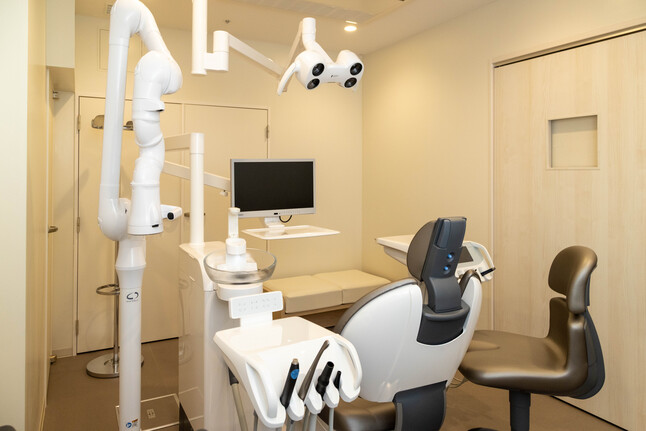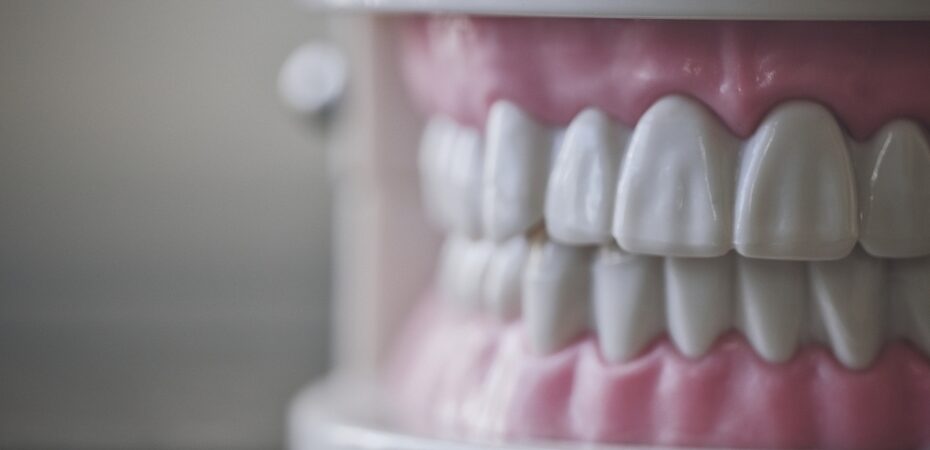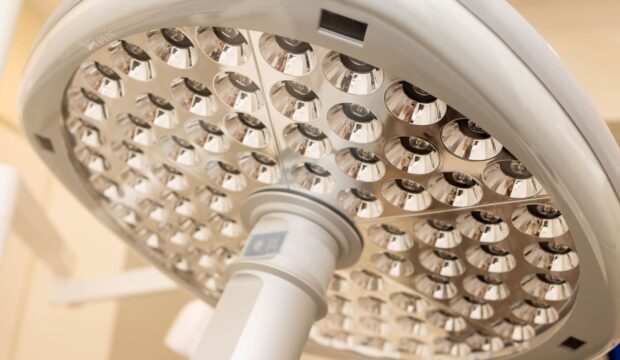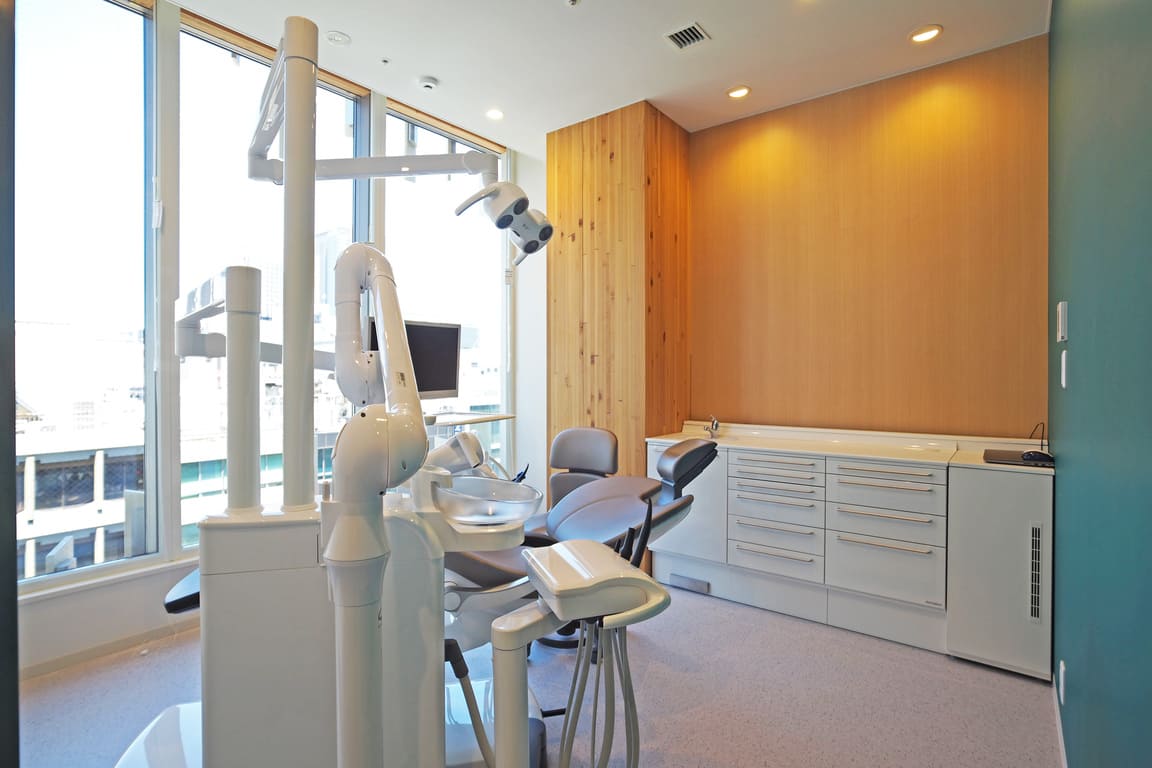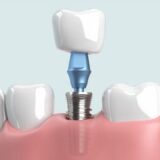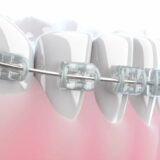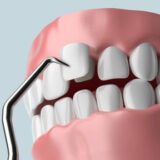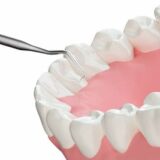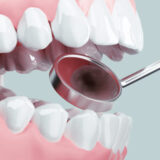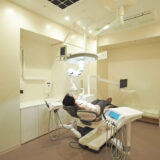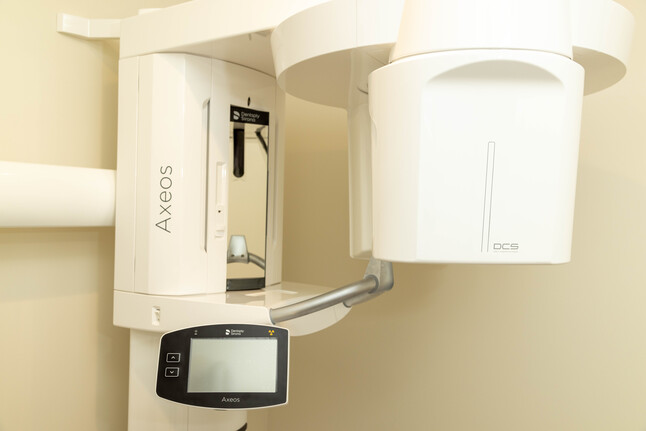What is periodontal treatment
Periodontal treatment involves eliminating the causes of gum disease and reducing the likelihood of bacterial infection.
Periodontal treatment aims to control the progression of gum disease and prevent tooth loss.
Gum disease is caused by the buildup of plaque and tartar in the periodontal pockets (grooves between the teeth and gums).
As gum disease advances, the periodontal pockets deepen, the gums recede, and bone loss occurs.
This can lead to tooth mobility and even tooth loss.
Purpose of Periodontal Treatment
- The goal is to create an environment where gum disease is less likely to progress.
Causes of Gum Disease
Start by removing plaque (dental plaque).
Plaque Formation
Bacterial clusters that adhere to the tooth surface.
Tartar Formation
Hardened deposits on the teeth that cannot be removed by brushing.
Gum Inflammation
Redness and swelling of the gums.
Bleeding is observed.
Formation of Periodontal Pockets
Grooves develop between the teeth and gums.
Gum disease is an inflammatory condition caused by bacteria.
Numerous bacteria exist in the oral cavity, and they adhere to the tooth surface due to factors like sugars (Step 1).
This accumulation is called plaque, containing over a hundred million bacteria in just 1 mg.
As it produces a sticky substance, rinsing alone cannot remove it.
Brushing is necessary to remove plaque.
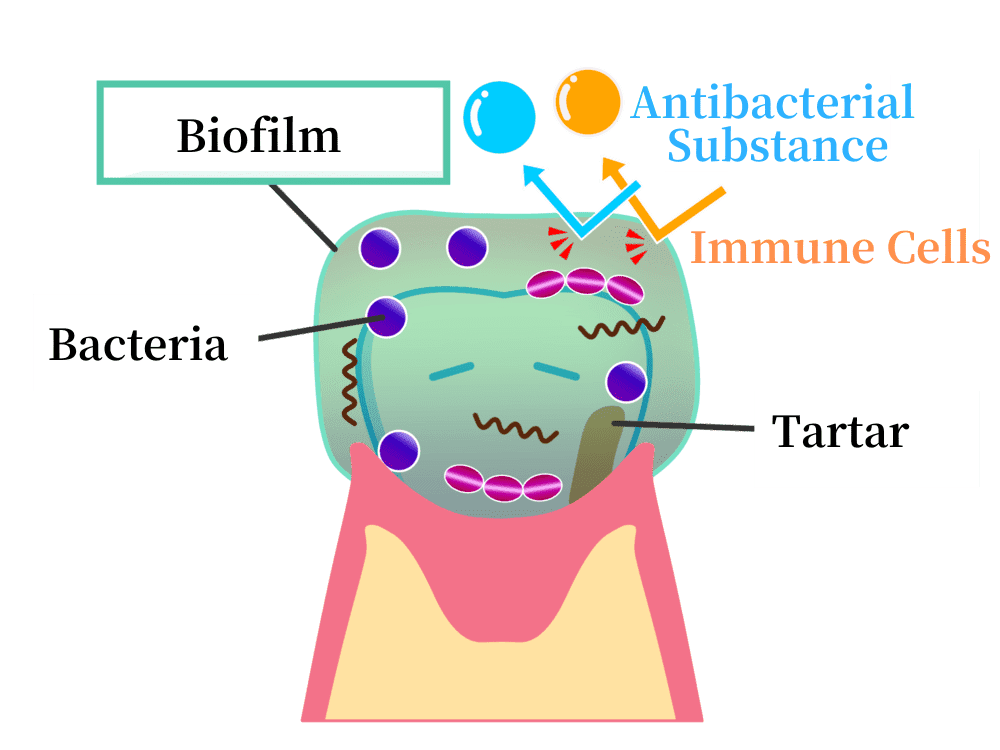
If plaque is left untreated, it hardens and becomes tartar (Step 2).
Tartar firmly adheres to the tooth surface, making it difficult to remove with brushing.
Neglecting tartar leads to bacterial toxins being continuously released, causing inflammation of the gums (Step 3).
This state is called gingivitis.
Periodontal usually start with gingivitis.
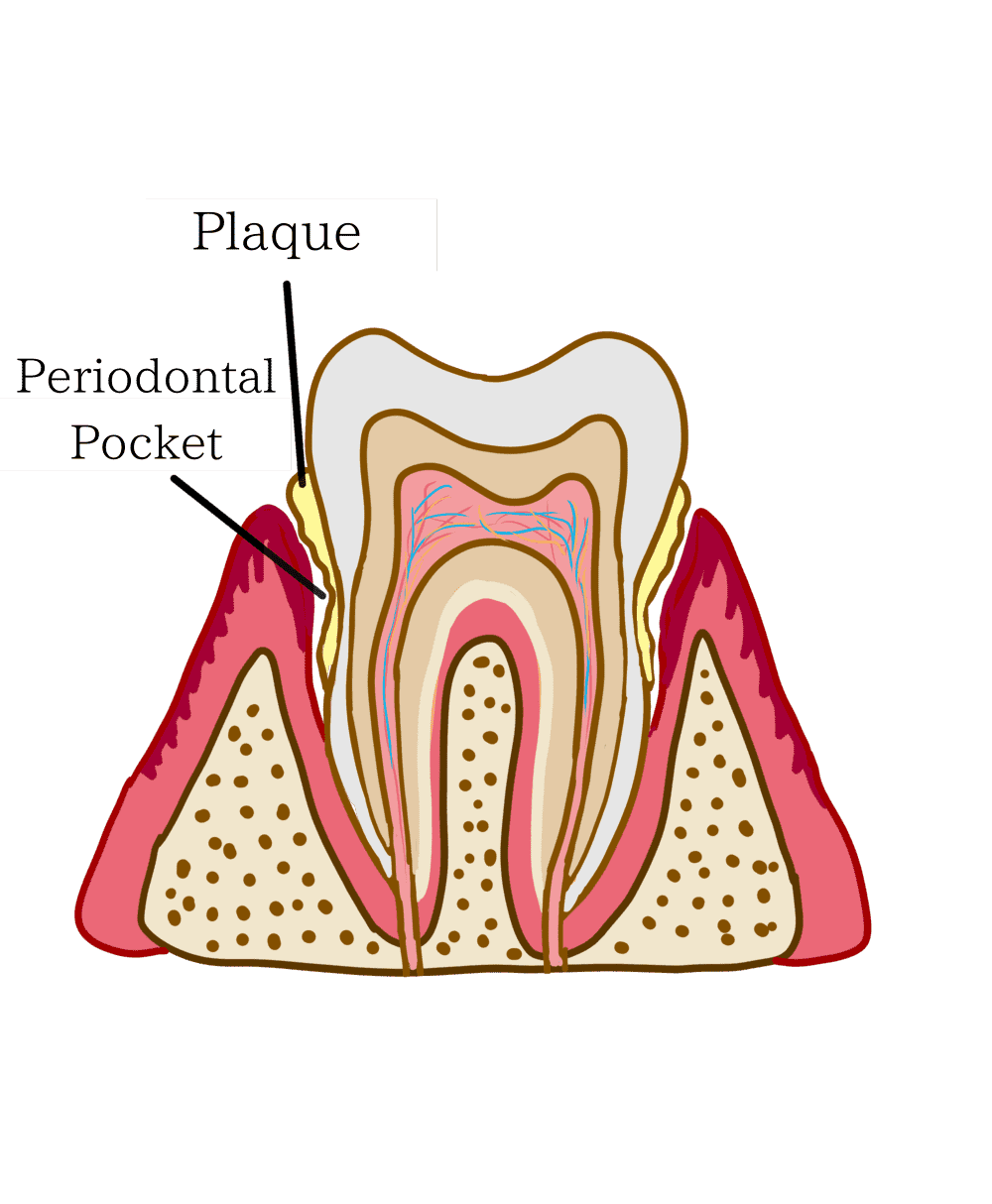
Gingivitis progresses to periodontal disease as bone loss begins.
As the gums swell and bone recedes, the boundary between teeth and gums deepens,
forming periodontal pockets (gingival sulcus).(Step 4)
When periodontal pockets become deep, periodontal bacteria enter them, leading to the progression of gum disease.
Progression of Gum Disease
Gum disease often lacks noticeable symptoms and is painless, so it can advance unnoticed.
By the time symptoms become noticeable and the patient visits a dental clinic, the disease may have progressed to the point where tooth extraction is required.

Symptoms of Gum
Disease It is recommended to seek treatment promptly if you notice the following concerning signs:
- Redness and swelling of the gums.
- Teeth appearing longer.
- Bleeding or pus from the gums.
- Food getting stuck between teeth.
- Feeling of tooth looseness.
- Tooth mobility or movement.
- Perceived changes in teeth alignment.
- Bad breath.
- A sticky feeling in the mouth.
- Blood on the toothbrush.
Systemic Effects of Gum Disease
The Fearsome Impact of Periodontal Disease Beyond Teeth
Gum disease often affects not only a single tooth but also neighboring teeth.
Moreover, its impact extends beyond teeth and affects the whole body.
Gum disease causes chronic inflammation in the mouth.
Toxins released by this inflammation travel through the bloodstream via the gums’ blood vessels, contributing to various diseases.
Inflammatory substances are associated with worsening diabetes, premature birth, low birth weight, obesity, and cardiovascular diseases like heart attacks and strokes.
Additionally, controlling gum disease has been suggested to prevent aspiration pneumonia and help manage diabetes.
Content and Procedure of Periodontal Treatment
Consistent maintenance is essential.
Tartar Removal
Removing both supragingival calculus above the gumline and subgingival calculus in the periodontal pockets.
Measurement of Periodontal Pocket Depth
Measuring the depth of periodontal pockets is crucial to assess the progression of gum disease.
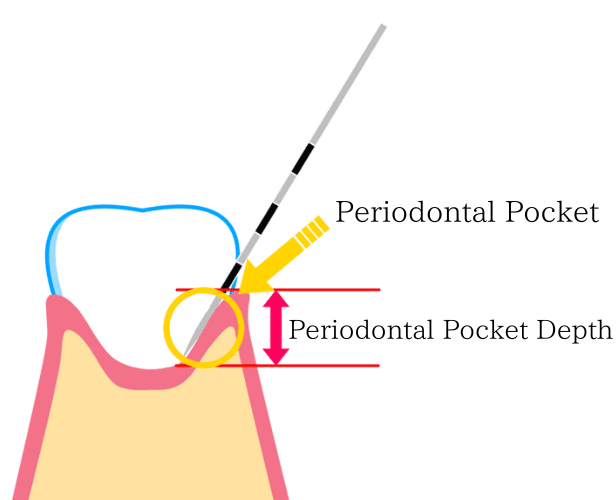
Cleaning of Periodontal Pockets
A treatment to remove plaque and tartar from the periodontal pockets.
Cleaning the periodontal pockets requires the involvement of both a dentist and a dental hygienist.
Stimulation of Periodontal Tissue Regeneration
A treatment to regenerate periodontal tissues.
Various methods are used for stimulating periodontal tissue regeneration, including drug therapy and surgical methods.
Prevention of Gum Disease Recurrence
A treatment to prevent the recurrence of gum disease.
Preventing recurrence involves developing proper oral hygiene habits such as brushing and using interdental brushes, as well as receiving regular dental check-ups.
Secure Your Future with Specialized Treatment at a University Hospital.






